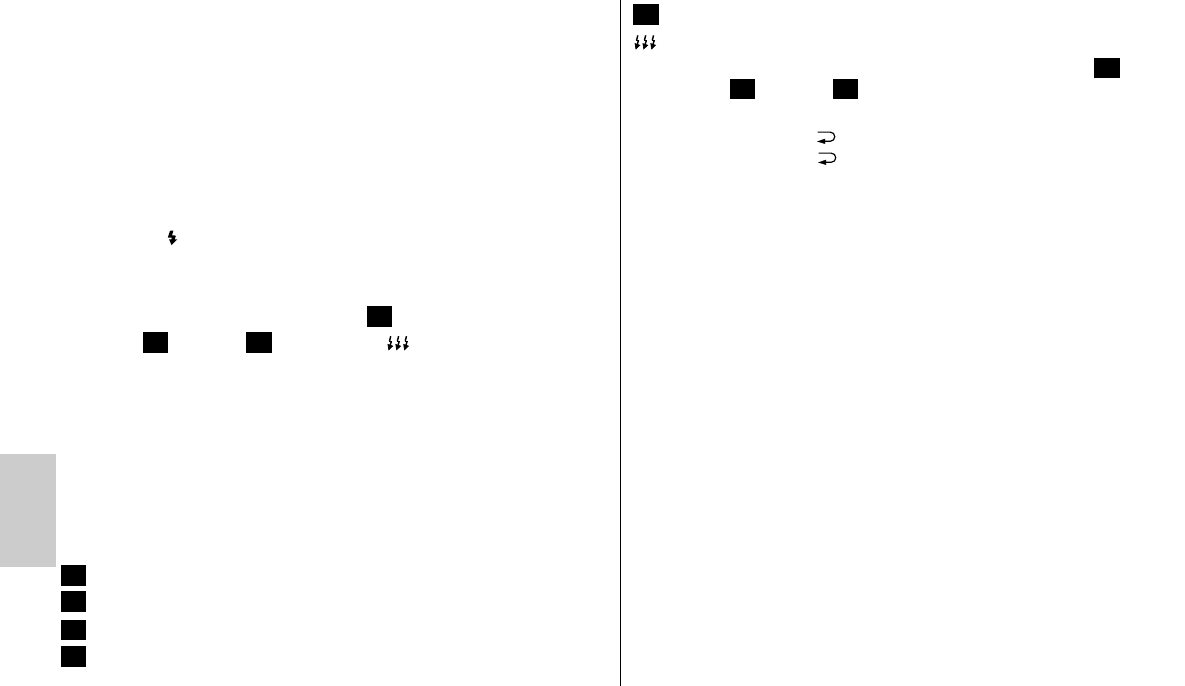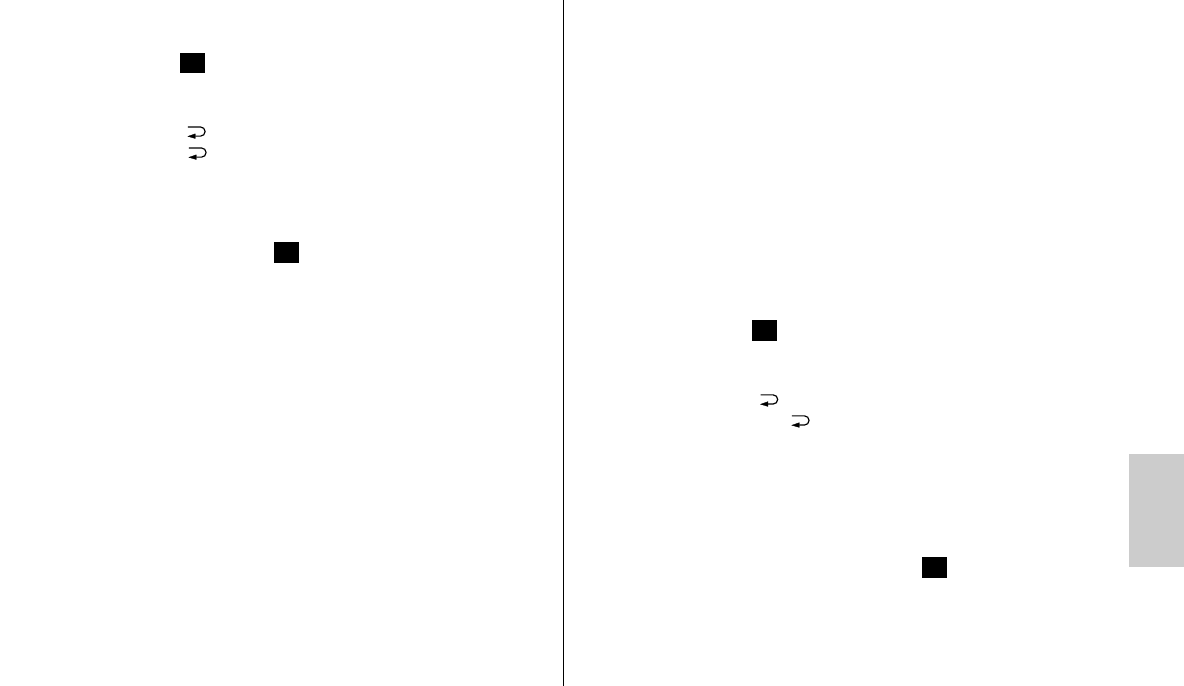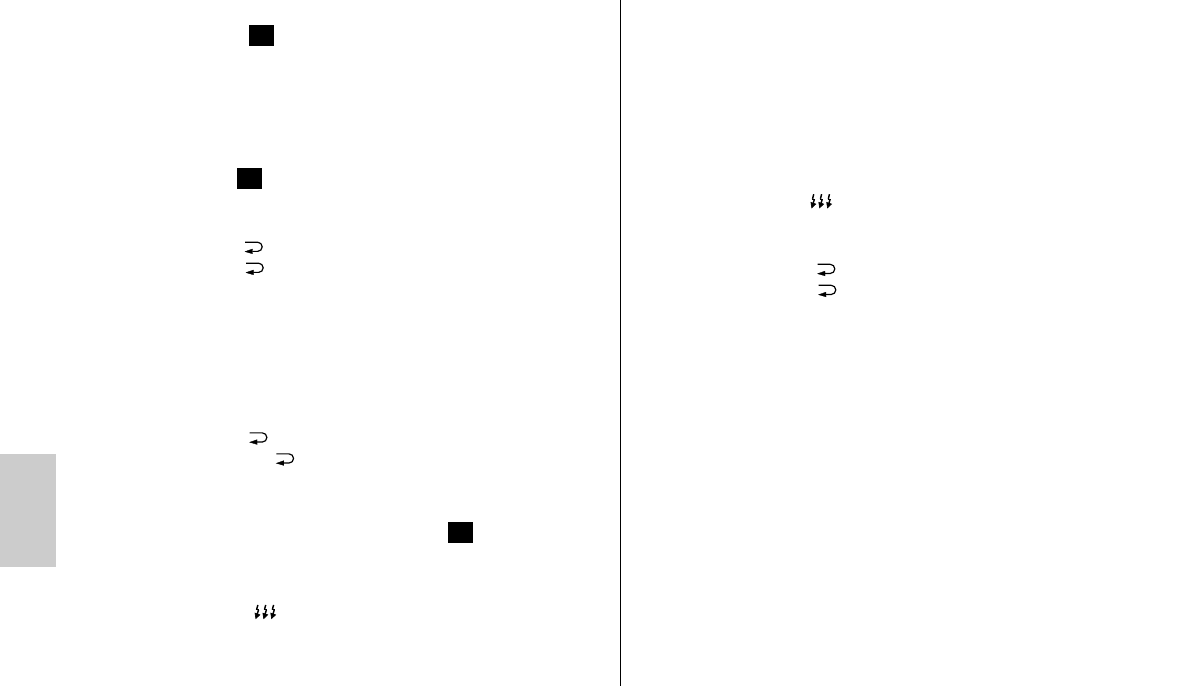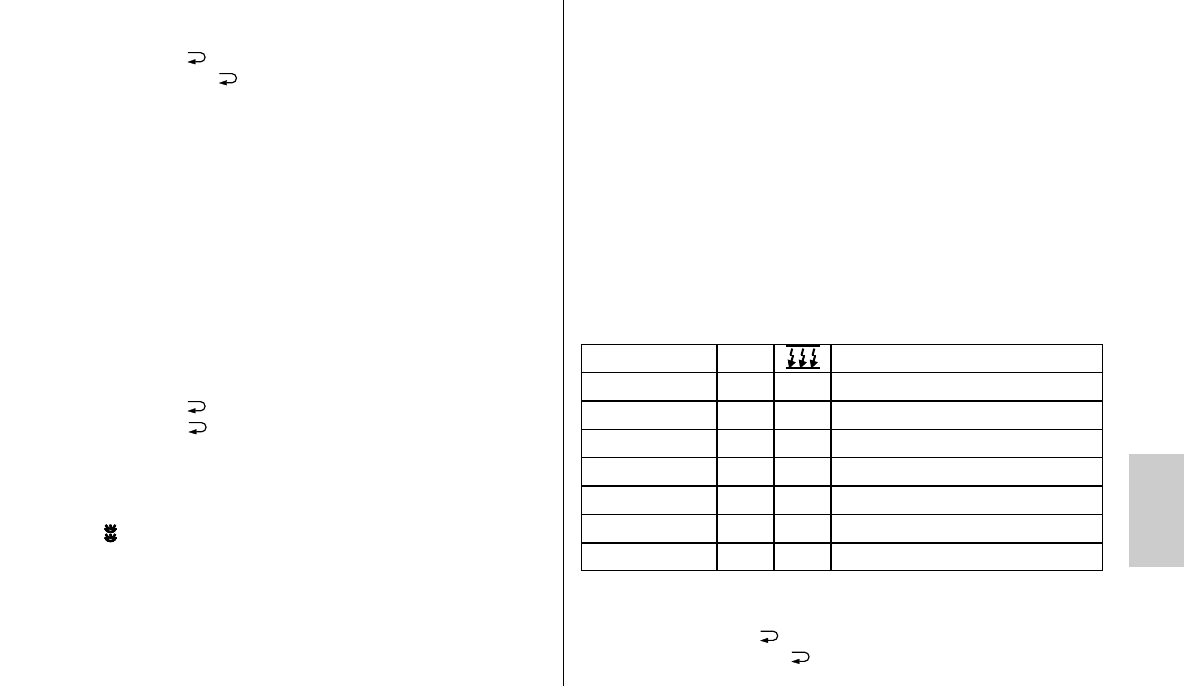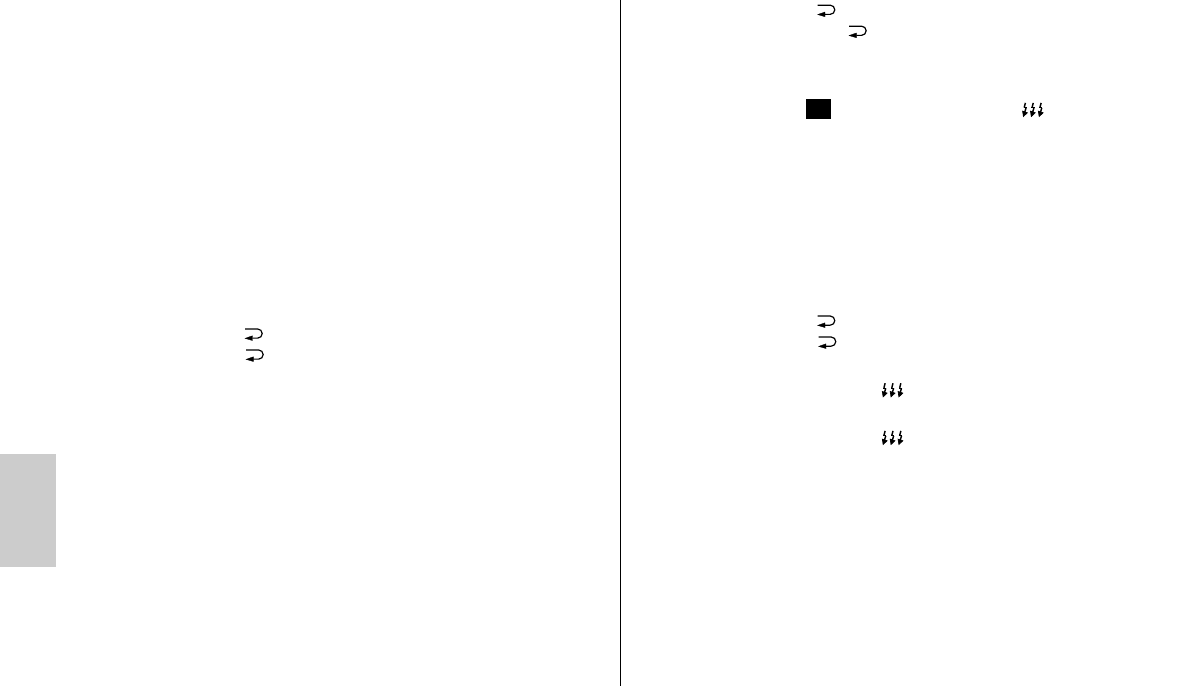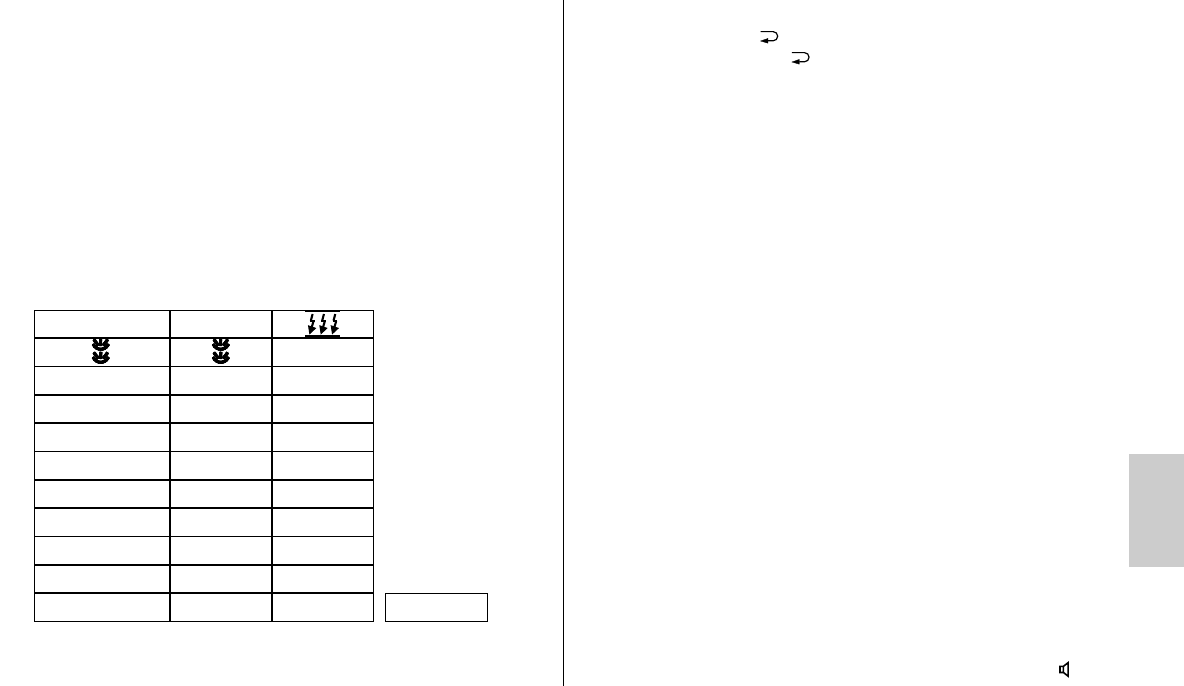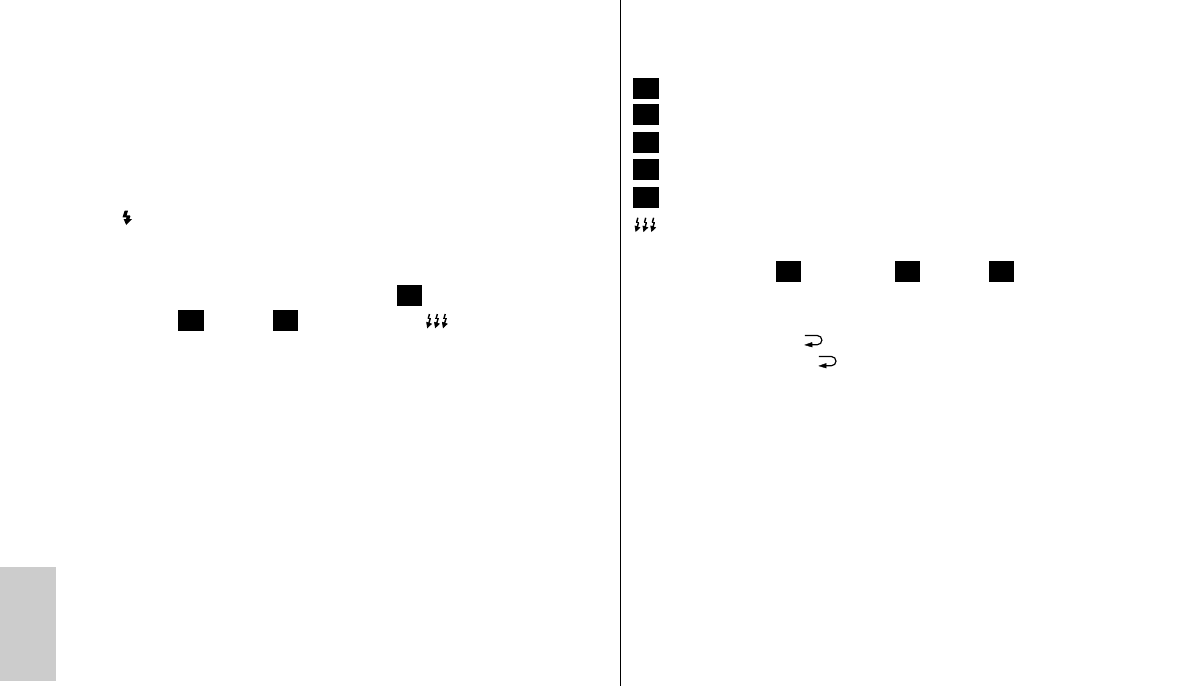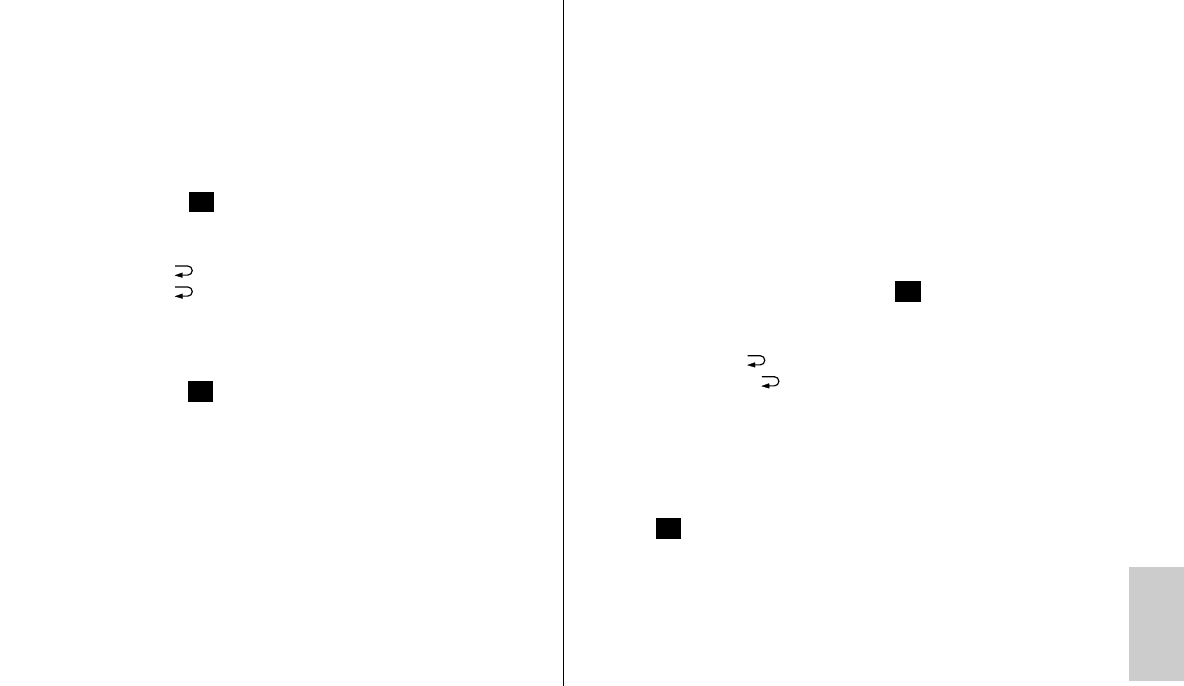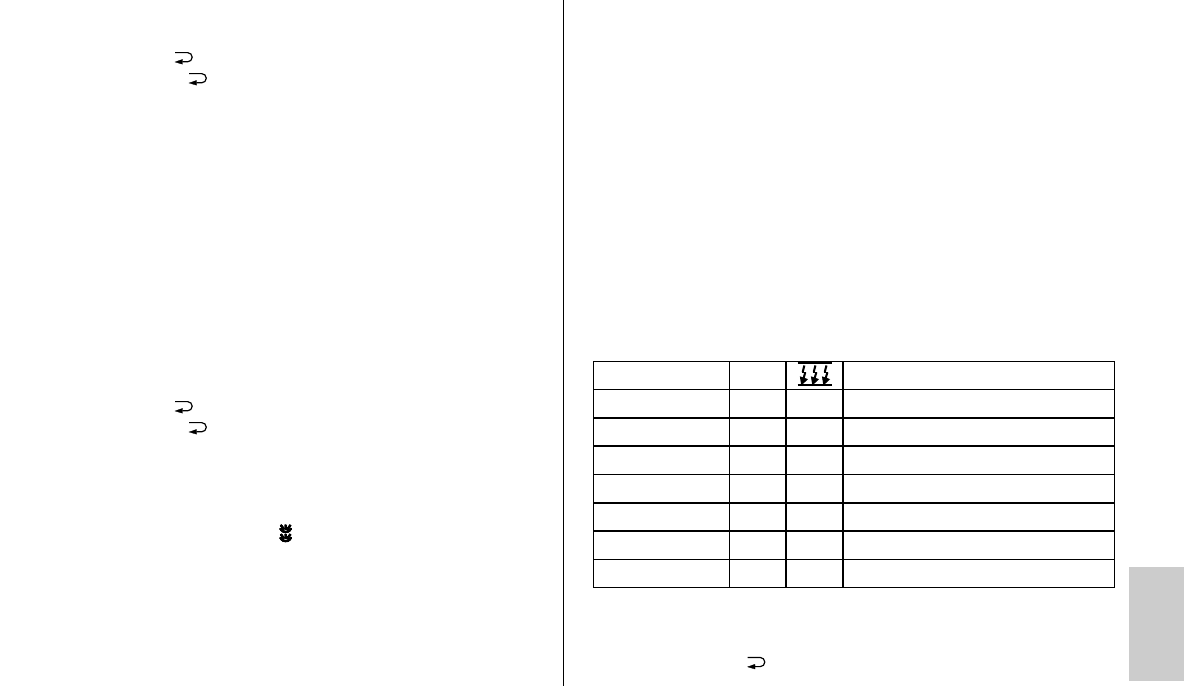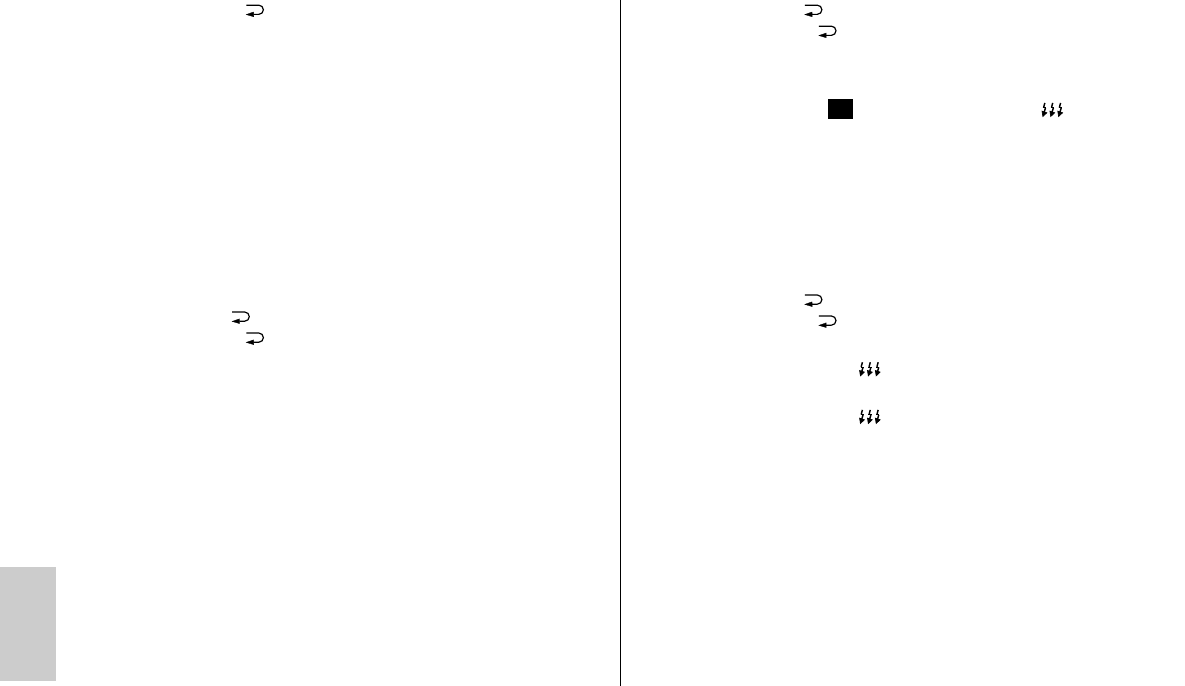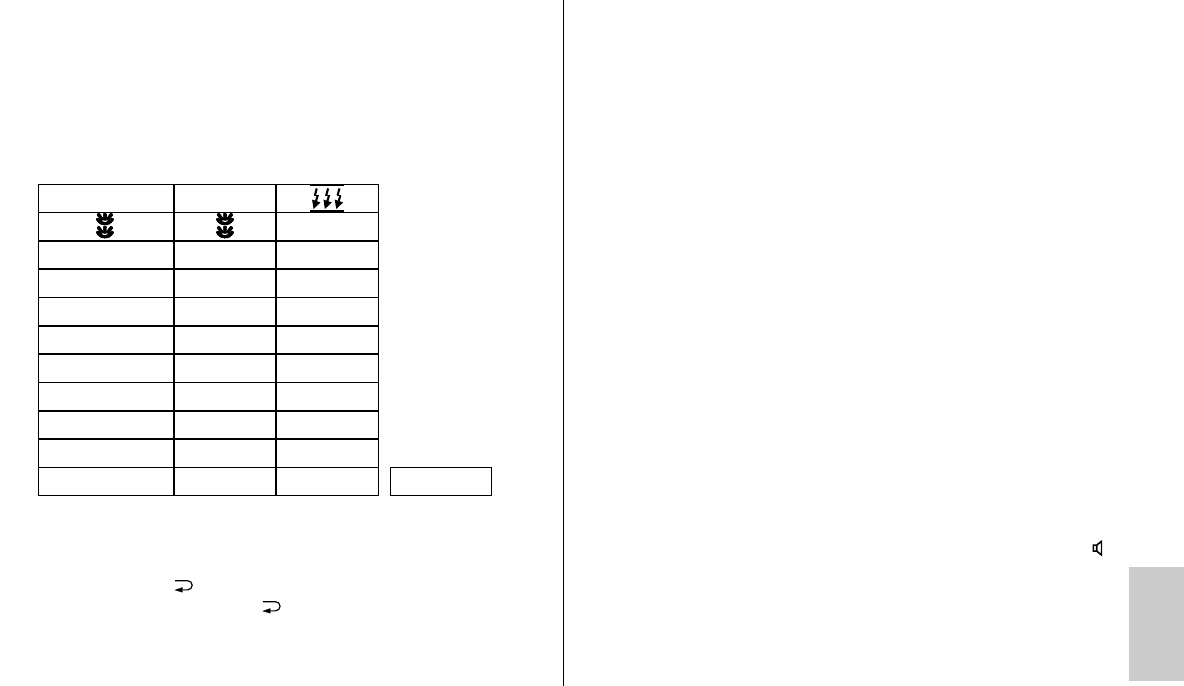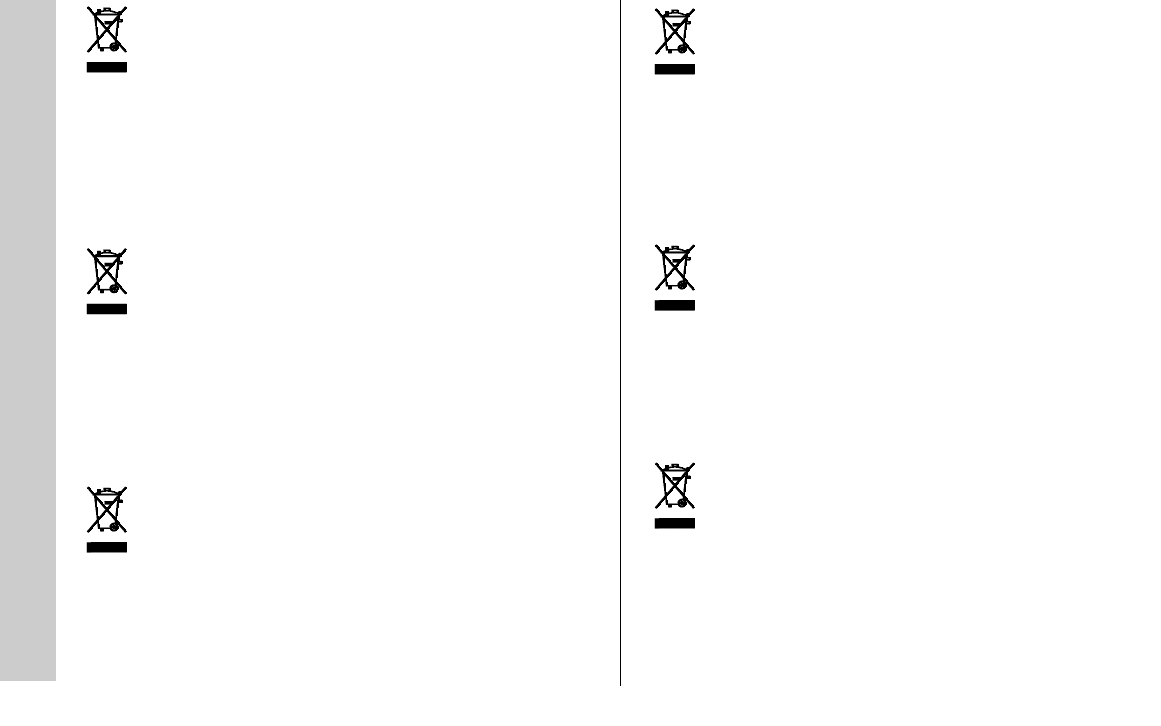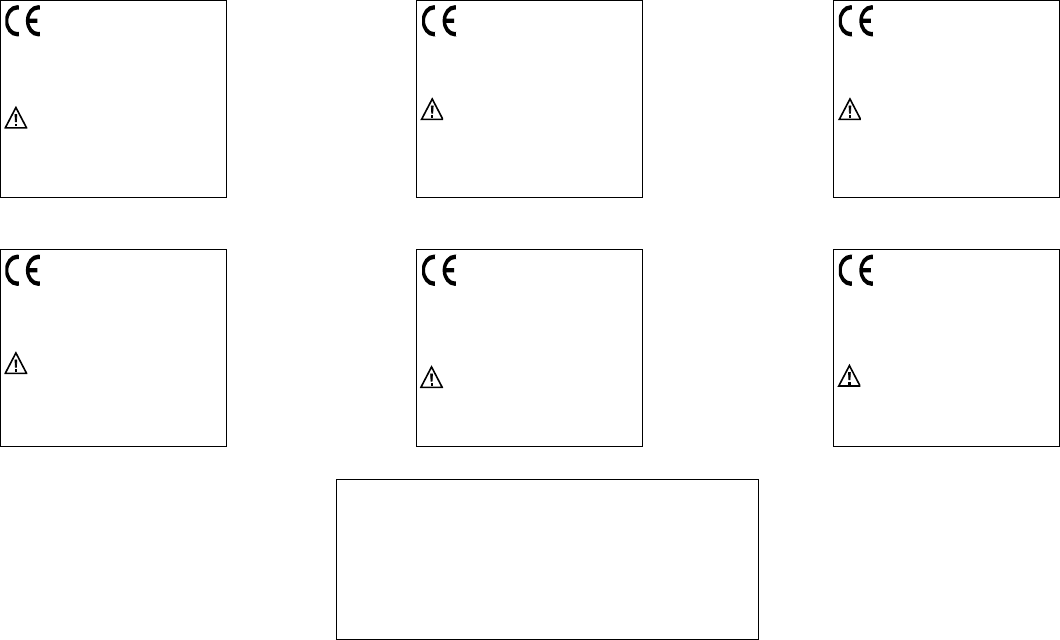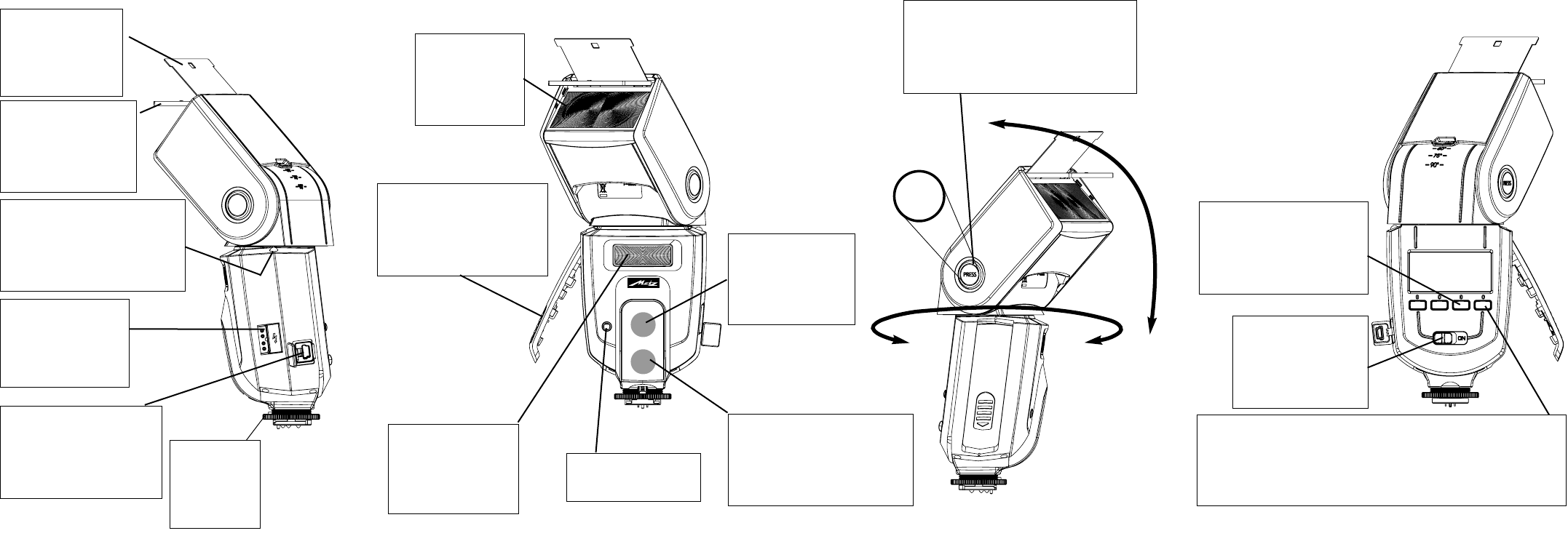80
ķ
1 Safety instructions . . . . . . . . . . . . . . . . . . . . . . . . . . . . . . . . . . . . . . 81
2 Dedicated flash functions . . . . . . . . . . . . . . . . . . . . . . . . . . . . . . . . . 82
3 Preparing the flash unit for use . . . . . . . . . . . . . . . . . . . . . . . . . . . . . 82
3.1 Mounting the flash unit . . . . . . . . . . . . . . . . . . . . . . . . . . . . . . . . . . . 82
3.2 Power supply . . . . . . . . . . . . . . . . . . . . . . . . . . . . . . . . . . . . . . . . . . 82
3.3 Switching the flash unit on and off . . . . . . . . . . . . . . . . . . . . . . . . . . . 83
3.4 Power Pack P76 (optional accessory) . . . . . . . . . . . . . . . . . . . . . . . . . 83
3.5 Auto OFF for the flash unit . . . . . . . . . . . . . . . . . . . . . . . . . . . . . . . . . 83
4 Display illumination . . . . . . . . . . . . . . . . . . . . . . . . . . . . . . . . . . . . . 84
5 Operating modes (mode menu). . . . . . . . . . . . . . . . . . . . . . . . . . . . . 84
5.1 Adjusting procedure for flash operating modes . . . . . . . . . . . . . . . . . . 84
5.2 TTL- flash mode with measuring preflash . . . . . . . . . . . . . . . . . . . . . . . 84
5.3 Automatic TTL fill-in flash mode . . . . . . . . . . . . . . . . . . . . . . . . . . . . . 85
5.4 Automatic flash mode . . . . . . . . . . . . . . . . . . . . . . . . . . . . . . . . . . . . 85
5.5 Automatic flash mode . . . . . . . . . . . . . . . . . . . . . . . . . . . . . . . . . . . . 85
5.6 Manual flash mode . . . . . . . . . . . . . . . . . . . . . . . . . . . . . . . . . . . . . . 85
5.7 Strobe flash mode . . . . . . . . . . . . . . . . . . . . . . . . . . . . . . . . . . . . . . . 86
6 Flash parameters (Parameter menu) . . . . . . . . . . . . . . . . . . . . . . . . . 87
6.1 Setting procedure for the flash parameters . . . . . . . . . . . . . . . . . . . . . 87
6.2 Main reflector position (Zoom) . . . . . . . . . . . . . . . . . . . . . . . . . . . . . . 87
6.3 Flash exposure correction (EV) . . . . . . . . . . . . . . . . . . . . . . . . . . . . . . 87
6.4 Manual partial light output (P) . . . . . . . . . . . . . . . . . . . . . . . . . . . . . . 88
7 Special functions (Select menu) . . . . . . . . . . . . . . . . . . . . . . . . . . . . . 88
7.1 Setting procedure for the special functions. . . . . . . . . . . . . . . . . . . . . . 88
7.2 Beep function (Beep) . . . . . . . . . . . . . . . . . . . . . . . . . . . . . . . . . . . . . 89
7.3 Flash Bracketing Series (FB) . . . . . . . . . . . . . . . . . . . . . . . . . . . . . . . . 89
7.4 Extended Zoom Mode (Zoom Ext). . . . . . . . . . . . . . . . . . . . . . . . . . . . 90
7.5 Adjusting exposure format (Zoom Size). . . . . . . . . . . . . . . . . . . . . . . . 90
7.6 Cordless remote mode (Remote) . . . . . . . . . . . . . . . . . . . . . . . . . . . . . 91
7.7 Meter-Feet changeover (m/ft). . . . . . . . . . . . . . . . . . . . . . . . . . . . . . . 91
7.8 Secondary reflector . . . . . . . . . . . . . . . . . . . . . . . . . . . . . . . . . . . . . . 91
7.9 Modelling Light (ML) . . . . . . . . . . . . . . . . . . . . . . . . . . . . . . . . . . . . . 92
7.10 Auto OFF Function (Standby) . . . . . . . . . . . . . . . . . . . . . . . . . . . . . . . 92
7.11 KeyLock . . . . . . . . . . . . . . . . . . . . . . . . . . . . . . . . . . . . . . . . . . . . . . 93
8 Motor Zoom Reflector . . . . . . . . . . . . . . . . . . . . . . . . . . . . . . . . . . . . 93
9 Wide-angle diffuser . . . . . . . . . . . . . . . . . . . . . . . . . . . . . . . . . . . . . 94
10 Flash techniques . . . . . . . . . . . . . . . . . . . . . . . . . . . . . . . . . . . . . . . . 94
10.1 Bounce flash . . . . . . . . . . . . . . . . . . . . . . . . . . . . . . . . . . . . . . . . . . . 94
10.2 Bounce flash with a reflector card. . . . . . . . . . . . . . . . . . . . . . . . . . . . 94
10.3 Bounce flash with secondary reflector . . . . . . . . . . . . . . . . . . . . . . . . . 94
10.4 Close-ups / macro shots . . . . . . . . . . . . . . . . . . . . . . . . . . . . . . . . . . 94
10.5 Manual flash exposure corrections . . . . . . . . . . . . . . . . . . . . . . . . . . . 95
11 Flash readiness indication . . . . . . . . . . . . . . . . . . . . . . . . . . . . . . . . . 95
12 Automatic flash sync speed control . . . . . . . . . . . . . . . . . . . . . . . . . . 95
13 Correct exposure indication. . . . . . . . . . . . . . . . . . . . . . . . . . . . . . . . 96
14 Flash range indication. . . . . . . . . . . . . . . . . . . . . . . . . . . . . . . . . . . . 96
15 Flash synchronisation . . . . . . . . . . . . . . . . . . . . . . . . . . . . . . . . . . . . 96
15.1 Normal synchronisation. . . . . . . . . . . . . . . . . . . . . . . . . . . . . . . . . . . 96
15.2 Second curtain synchronisation (2nd curtain, SLOW2). . . . . . . . . . . . . 96
15.3 Slow synchronisation / SLOW . . . . . . . . . . . . . . . . . . . . . . . . . . . . . . 97
15.4 FP high speed synchronisation HSS. . . . . . . . . . . . . . . . . . . . . . . . . . . 97
16 Preflash function for red-eye reduction . . . . . . . . . . . . . . . . . . . . . . . 97
17 Multi-zone AF measuring beam. . . . . . . . . . . . . . . . . . . . . . . . . . . . . 97
18 Wireless Olympus RC flash system . . . . . . . . . . . . . . . . . . . . . . . . . . 98
18.1 Remote modes . . . . . . . . . . . . . . . . . . . . . . . . . . . . . . . . . . . . . . . . . 98
18.2 Remote channels . . . . . . . . . . . . . . . . . . . . . . . . . . . . . . . . . . . . . . . . 98
18.3 Reflector position for remote. . . . . . . . . . . . . . . . . . . . . . . . . . . . . . . . 99
18.4 Testing the remote flash mode. . . . . . . . . . . . . . . . . . . . . . . . . . . . . . . 99
19 Care and maintenance . . . . . . . . . . . . . . . . . . . . . . . . . . . . . . . . . . . 99
19.1 Firmware updates . . . . . . . . . . . . . . . . . . . . . . . . . . . . . . . . . . . . . . . 99
19.2 Reset . . . . . . . . . . . . . . . . . . . . . . . . . . . . . . . . . . . . . . . . . . . . . . . . 99
19.3 Flash capacitor forming . . . . . . . . . . . . . . . . . . . . . . . . . . . . . . . . . . . 99
20 Troubleshooting . . . . . . . . . . . . . . . . . . . . . . . . . . . . . . . . . . . . . . . 100
21 Technical data . . . . . . . . . . . . . . . . . . . . . . . . . . . . . . . . . . . . . . . . 102
22 Optional accessories. . . . . . . . . . . . . . . . . . . . . . . . . . . . . . . . . . . . 103
Table 3: Guide numbers at maximum light output (P 1) . . . . . . . . . . . . . . . . 155
Table 4: Flash durations at the individual partial light output levels. . . . . . . . 156
Table 5: Camera shutter speeds in stroboscopic mode. . . . . . . . . . . . . . . . . 157
Table 6: Recycling times and number of flashes with different battery types . 158
Table 7: Maximum guide numbers at HSS-Mode . . . . . . . . . . . . . . . . . . . . 158











































































































